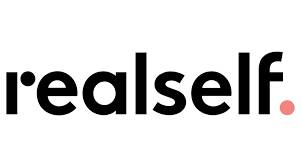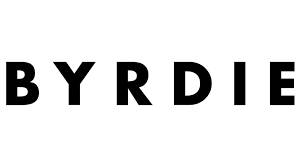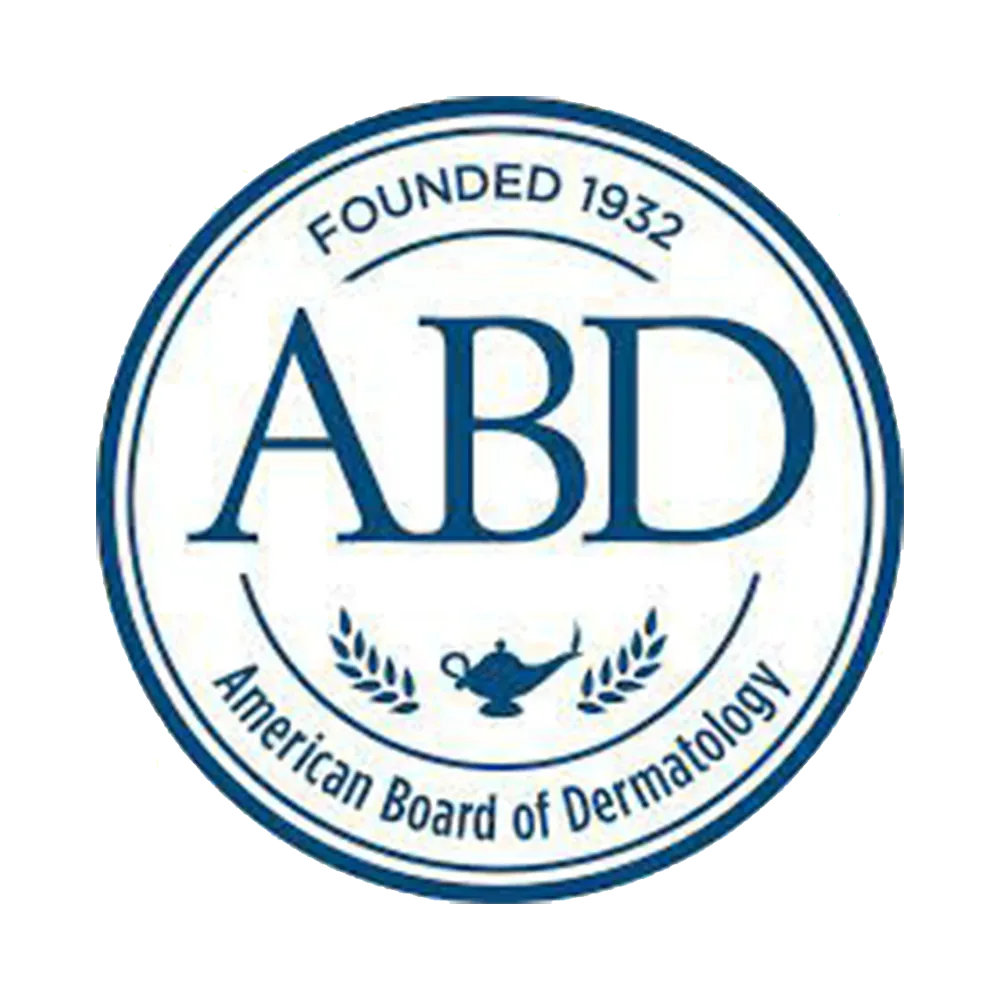Botox Treatment
Botox
The Wonder Drug of Aesthetics and Beyond
In the ever-evolving world of aesthetic medicine and therapeutic treatments, few substances have garnered as much attention, controversy, and success as Botox. Its uses range from smoothing wrinkles and preventing migraines to treating overactive bladders and excessive sweating. Indeed, Botox has not only revolutionized the way we approach aging, but it’s also changing the face of medicine as we know it.
Botulinum toxin, the active ingredient in Botox, is a potent neurotoxin produced by the bacterium Clostridium botulinum. Despite its potential for harm in large doses, its use in small, controlled amounts has produced dramatic and life-changing results for millions of people worldwide.
In aesthetics, Botox works by blocking nerve signals to the muscles, causing them to relax and reducing the appearance of fine lines and wrinkles. It is most used on facial lines like crow’s feet, forehead furrows, and lines around the mouth.
Botox is also used therapeutically to treat conditions characterized by overactive muscle activity, such as strabismus (crossed eyes), blepharospasm (uncontrollable blinking), and hyperhidrosis (excessive sweating). Remarkably, it’s also used to help reduce the frequency and severity of chronic migraines.
But the journey to Botox’s widespread acceptance and use was not a straightforward one. Despite its now apparent myriad of uses, it took over a century from its discovery for it to become the wonder drug it is today. The road was laden with scientific breakthroughs, clinical trials, public scrutiny, and regulatory hurdles.
Still, the popularity of Botox has surged in recent years. In 2020, nearly five million Botox procedures were performed in the United States alone, making it the most popular minimally invasive cosmetic procedure.
The journey to a more confident you starts with one decision. That is the decision to get treated, why wait Book Online today? If you’re on the fence or have questions brewing, remember: We at Sullivan Dermatology are always here to help.
Videos
BOTOX
Discover the Magic of Botox: An Effective Solution for Ageing Skin
Botox is an ideal treatment if you’re experiencing facial wrinkles, fine lines, or crow’s feet that are making you look older than you feel. When pondering Botox vs filler, it’s worth noting that while fillers tend to plump up the skin, Botox works by relaxing the muscles underneath to smoothen wrinkles. In your search for the Best Botox near me, you’ll find that many providers recommend Botox if you’re bothered by the dynamic wrinkles that appear with expressions like frowning or smiling.
Botox is a minimally invasive procedure that works by blocking nerve signals in the muscles where it is injected. This causes temporary muscle paralysis, resulting in the softening of wrinkles. Botox differs from fillers which are substances that add fullness to areas that have thinned due to aging. If you’re contemplating Botox vs filler, you should know that the choice between the two largely depends on the nature of the wrinkles or lines you’re looking to address.
Many people ask, how long for Botox to work? Typically, Botox starts to work within 48 to 72 hours after injection, with full results generally visible at 7 to 14 days. Just as crucial is understanding how long does Botox last? Botox results can last anywhere from 3 to 6 months, varying from person to person.
One of the primary reasons many people seek the Best Botox near me is the dramatic improvement Botox can make in one’s appearance. Botox results include a reduction in the appearance of fine lines and wrinkles, leading to a more youthful and radiant look. Moreover, Botox vs filler results are usually immediate and noticeable, adding to the appeal of Botox treatments.
Furthermore, knowing how long for Botox to work and how long does Botox last allows for planning ahead and maintaining the desired results. Typically, most people will need follow-up treatments every 3 to 6 months to keep the skin looking smooth and youthful.
In conclusion, Botox is a fantastic option if you’re looking to reduce the signs of aging and regain a more youthful appearance. When considering Botox vs filler and searching for the Best Botox near me, remember to choose a reputable and certified provider for the safest and most effective results.
FAQs about Botox
Botox is a brand name of a toxin produced by the bacterium Clostridium botulinum. In large amounts, this toxin can cause a form of muscle paralysis known as botulism. However, in small, diluted amounts, such as those used in the application of Botox, the toxin can be safely used to reduce wrinkles and other facial lines.
Botox works by blocking nerve signals in the muscles where it is injected. When those nerve signals are interrupted, the affected muscle is temporarily paralyzed or frozen. Without the ability to move, certain wrinkles may be softened, reduced, or even removed.
Botox is used to treat a variety of medical conditions, including migraines, overactive bladder, and eye squints. It is also commonly used for cosmetic purposes, such as reducing the appearance of wrinkles and frown lines on the face.
The level of pain experienced during Botox injections can vary depending on the individual and the area being treated. However, most people describe it as a slight pinch or discomfort.
The effects of Botox typically last between three to six months. As muscle action gradually returns, the lines and wrinkles may begin to reappear and need to be treated again.
While Botox has a good safety profile, side effects can occur. These may include pain at the injection site, flu-like symptoms, headache, upset stomach, drooping of the eyelid (ptosis), and in rare cases, spread of toxin effects.
The results of Botox typically begin to appear within two to three days after treatment, with the full effects visible by two weeks.
Botox should not be used in people who are allergic to any ingredients in Botox or in people with certain neuromuscular disorders. Additionally, pregnant and breastfeeding women should avoid getting Botox.
When administered by a trained professional, Botox should leave your face looking natural. The idea is to relax the facial muscles to soften lines and wrinkles, not to "freeze" your face.
While Botox relaxes the muscles to reduce the appearance of wrinkles, dermal fillers work by filling in areas of the face that have lost volume due to aging, thus smoothing out wrinkles.







